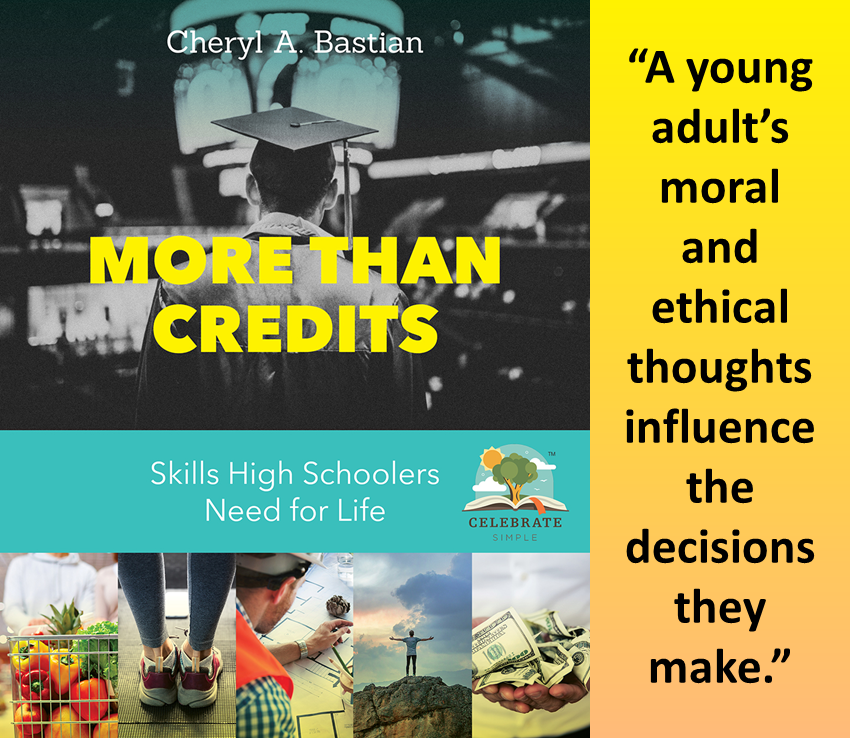How to Use What You Have: Homeschooling High School Nutrition and Wellness
/We’ve adopted a phrase.
Use what we have to boost what we know.
In this season of pandemic shelter-at-home orders—with libraries closed and resources narrowed—we are pushed to look for alternatives. Hence, the above phrase could mean several things.
Use the resources, items, and interests we have to learn something new.
Or
Use the resources, items, and interests we have to deepen, reinforce, and apply knowledge we learned previously.
Today, my mind is on high school, specifically nutrition and wellness!
Parks and gyms are closed. For some, stress eating is a challenge. For others, needed food sources are difficult to find. How do we practice healthy habits in the areas of nutrition and wellness with the parameters under which we are living?
This is where life meets learning!
The conversations about boosting the immune system. The trials and errors of building a personal fitness plan without a gym. The recipe substitutions and related research. The online stretching or aerobic classes.
Learning is taking place.
If your high schooler is engaged in this type of learning, it matters and it’s valuable.
In my book More than Credits: Skills High Schoolers Need for Life, I include practical, applicable, real-life activities to give parents and high school learners a jumpstart toward thinking outside-the-box in the areas of nutrition, wellness, and personal fitness. Ideas include
Adjust a recipe, considering personal health and dietary needs.
Utilize an online aerobic workout tutorial to build cardiovascular health.
Learn how to take, record, interpret, and monitor vital signs (pulse, respiration, and blood pressure).
Compare standing blood pressure to lying down.
Calculate personal Body Mass Index (BMI) for each family member.
Compare heat exhaustion to heat stroke, including prevention, symptoms, and treatment.
Determine how social, cultural, and emotional influences impact nutrition and health choices.
Study the effects of stress on physical and mental well-being.
Research how to keep the body hydrated, determine ounces required, and implement a hydration plan.
FInd three types of online calorie calculators and compare site features.
Explain the difference between whole foods and processed foods.
Research the growing seasons in your area.
Plant a vegetable or herb garden.
Enroll in an online culinary course or tutorial series for a specific area of interest: pastry, main dish, gluten-free, keto.
Clean and restock a freezer or refrigerator.
Learn how to wash hands properly for food preparation.
Learn first aid for common kitchen accidents: burns, scalds, cuts, puncture wounds, allergic reactions, and choking.
Learn how to properly and safely use a gas grill.
Research and list ways to reduce the severity and exacerbations of autoimmune disease.
This is a sampling of ideas from More than Credits. And, given our current situation and the needs and interests of your learner, you will discover others opportunities which are individually applicable to your family or teen. The outcomes may not be a percentage correct on a test or page filled with fill in the blank questions. Instead, it may be a casual conversation or a task completed together (like cleaning the fridge properly or doing a workout together. The end result will be your teen learning and applying self-care. This is worth more than the credits. It is life-impacting and it matters.
More than Credits includes frameworks, resources, and living book and biographical suggestions for five elective credits: personal fitness, nutrition and wellness, personal development and career exploration, philosophy, and personal finance.































